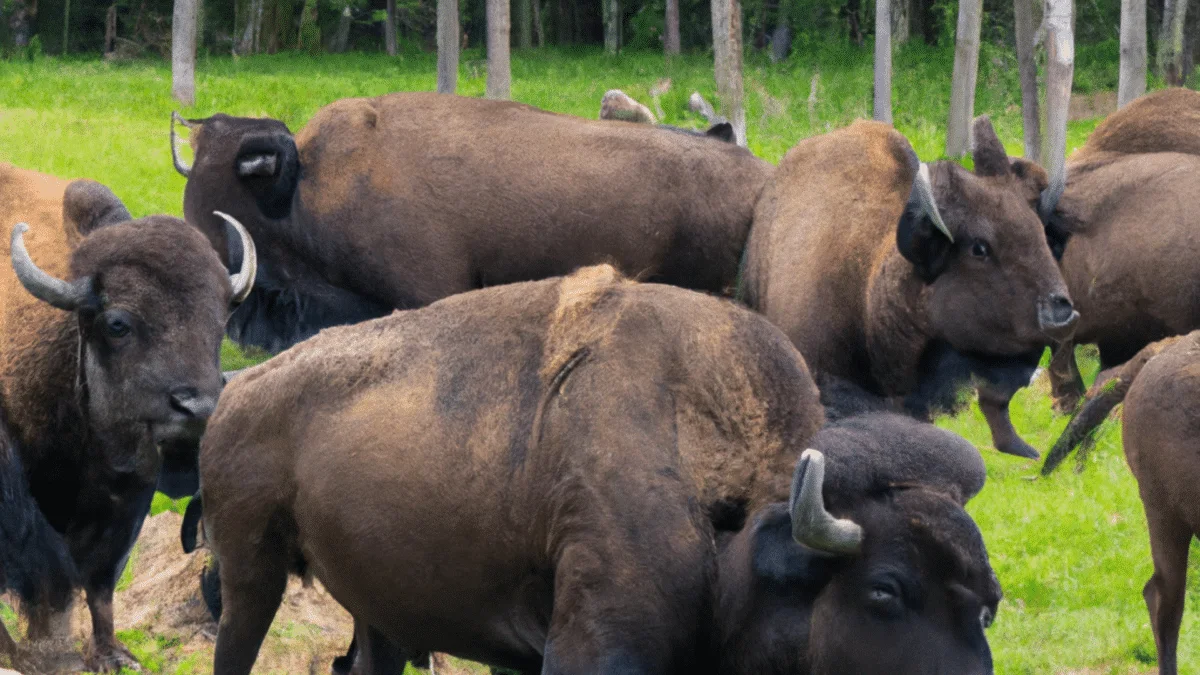In the vast expanse of North America, a persistent myth swirls around the majestic American bison, erroneously labeling them as domesticated cattle. While these two share a family tree under Bovidae, it’s crucial to unravel the truth behind this misconception. The American bison stands as a distinct species, boasting unique characteristics that set them apart from their domesticated bovine counterparts.
Busting the Myth
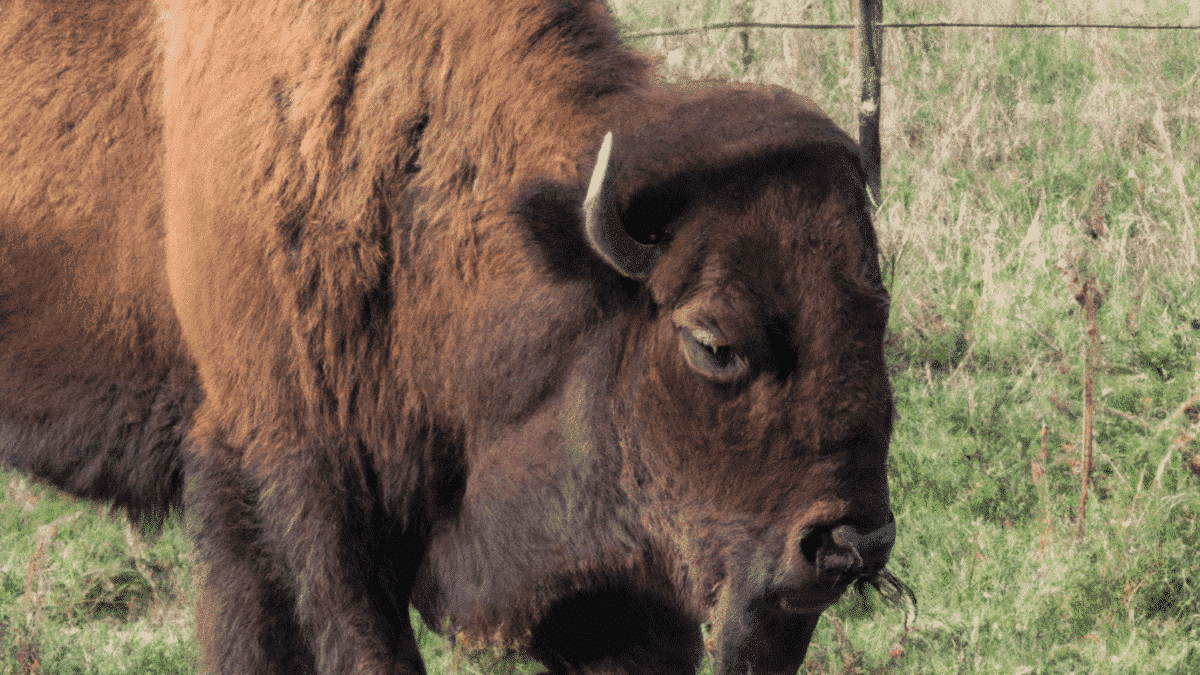
Visual similarities often lead to the assumption that bison are domesticated cattle. However, beneath the surface, these creatures showcase stark differences in behavior, ecological roles, and historical significance. Bison are not mere beefy look-alikes; they are resilient beings, shaped by the harsh crucible of North America’s colonization. Their survival hinges on adaptability, a characteristic that helped them endure and thrive in challenging conditions.
Resilience and Adaptability
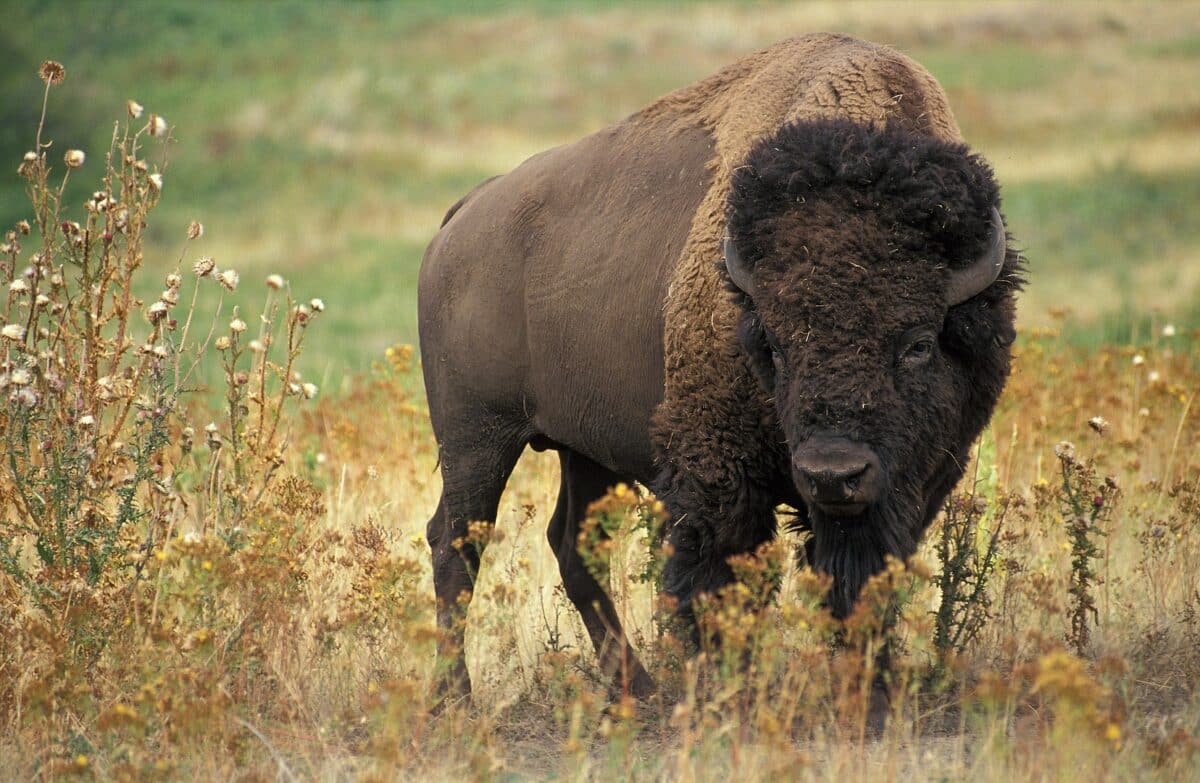
Picture this: a time when pioneers traversed the vast American landscape, facing unforgiving climates and challenging terrains. In this backdrop, bison emerged as icons of resilience, navigating extremes with ease. Their robust appearance isn’t just for show; it’s a testament to their ability to weather the storms of change. These creatures evolved to endure harsh winters, scorching summers, and scarce resources, embodying a resilience that captured the imaginations of those who witnessed their journey through history.
Wild at Heart
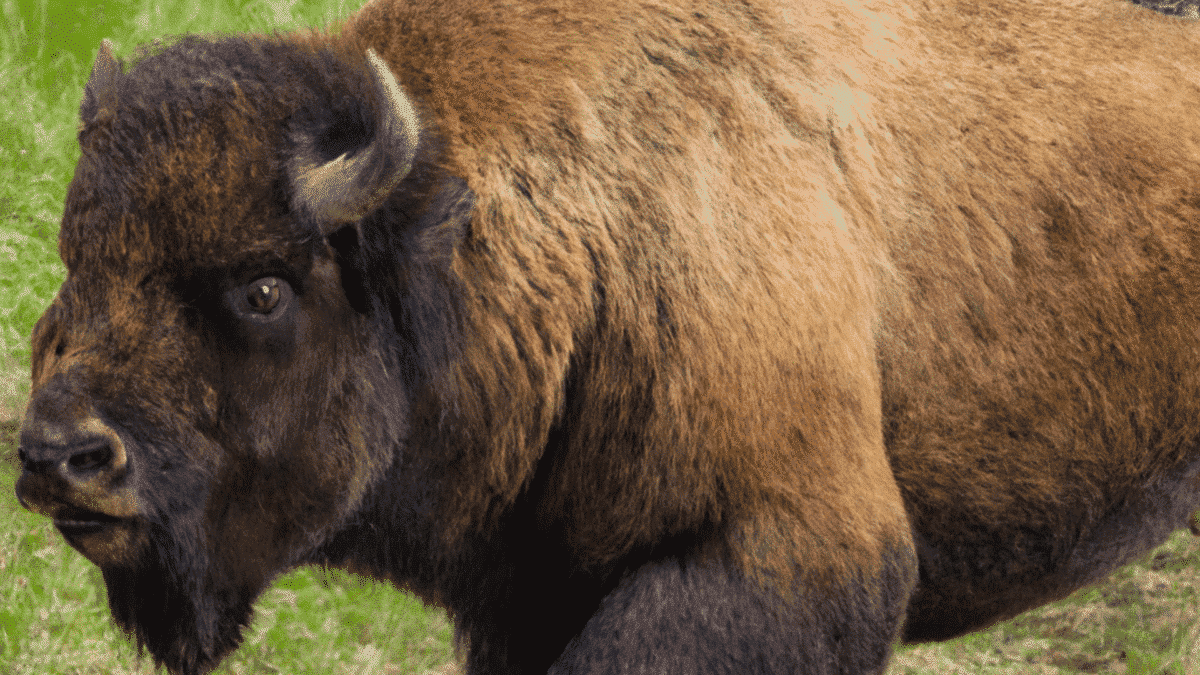
Despite their seemingly stoic demeanor, bison are far from domesticated. They exhibit behaviors distinctly wild in nature, forming tight-knit family groups that contribute to their survival strategy. These family bonds serve as a shield against predators, a social structure finely tuned by evolution. When threatened, bison display a defensive prowess that echoes through the plains, a reminder of their untamed nature. Understanding these behaviors is crucial for appreciating the essence of the American bison beyond the superficial resemblances.
Ecological Significance
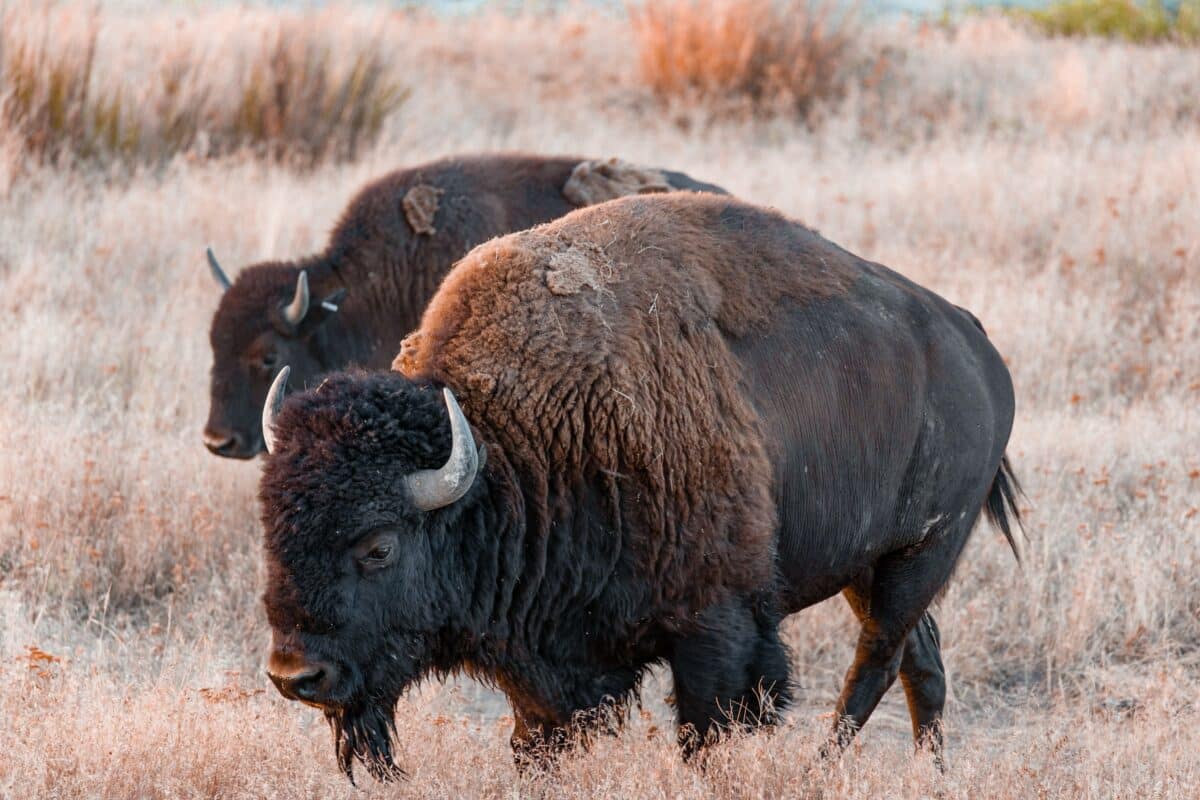
Delving deeper, it becomes evident that the distinction between bison and domesticated cattle extends beyond physical dissimilarities. Bison play a pivotal role in shaping and maintaining North American grasslands, acting as ecological engineers. Their grazing habits promote the growth of diverse plant species, fostering a delicate balance that sustains the region’s rich biodiversity. Bison are not merely symbolic; they are living architects of landscapes, weaving their significance into the very fabric of the environment.
Wrapping Up with Are Bisons Domesticated Cattle?
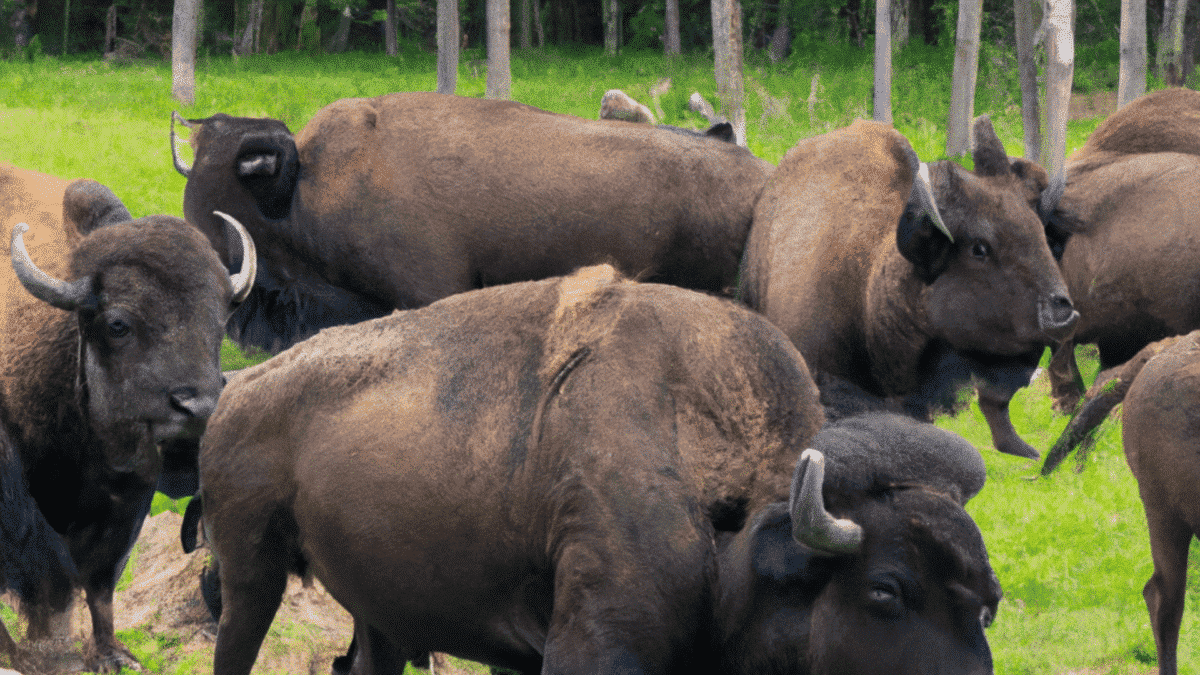
In conclusion, debunking the myth that bison are domesticated cattle unravels a tapestry of resilience, adaptability, and ecological significance. Beyond the visual parallels, the American bison stands tall as a unique species, contributing to the intricate dance of nature in North America. Appreciating their wild nature and understanding their role as ecological architects enhances our connection with these magnificent creatures. The next time you spot a bison grazing on the horizon, remember, it’s not just a symbol of the wild; it’s a living testament to the untamed spirit that defines the heart of North America.
Thank you for following along with this article –
Next up in the animal kingdom:
- The Biggest Bison ‘Big Bull’ Ever Recorded with Video (3,800 pounds)
- Bison Stampede Separating Fact From Fiction
Join our Forum for free today!

- Beachgoers Save Massive Shark Stranded In Florida - July 22, 2024
- Pit Bull Rescued From Being Chained Its Whole Life Gets A Surprise - July 21, 2024
- Dog With Zoomies Takes Flight Into Barley Field - July 21, 2024

